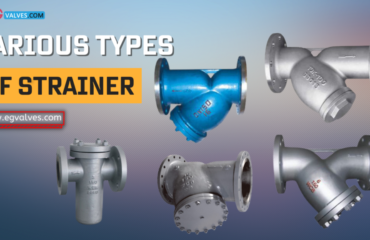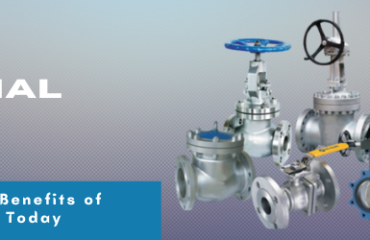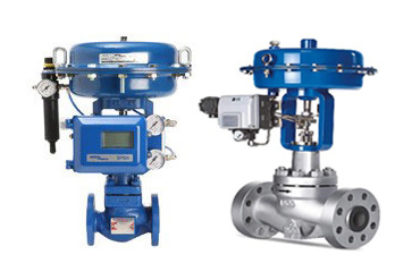
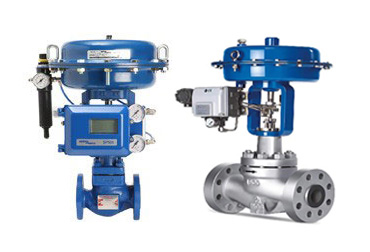 Why are Control Valves used?
Why are Control Valves used?
Process plants consist of hundreds, or even thousands, of control loops all networked together to produce a product to be offered for sale. Each of these control loops is designed to keep some important process variables such as pressure, flow, level, temperature, etc. within a required operating range to ensure the quality of the end product. Each of these loops receives and internally creates disturbances that detrimentally affect the process variable, and interaction from other loops in the network provides disturbances that influence the process variable.
To reduce the effect of these load disturbances, sensors and transmitters collect information about the process variable and its relationship to some desired set point. A controller then processes this information and decides what must be done to get the process variable back to where it should be after a load disturbance occurs. When all the measuring, comparing, and calculating are done, some type of final control element must implement the strategy selected by the controller.
Principles of Operation
The most common final control element in the process control industries is the control valve. That China valve manipulates a flowing fluid, such as gas, steam, water, or chemical compounds, to compensate for the load disturbance and keep the regulated process variable as close as possible to the desired set point.
Control valves may be the most important, but sometimes the most neglected, part of a control loop. The reason is usually the instrument engineer’s unfamiliarity with the many facets, terminologies, and areas of engineering disciplines such as fluid mechanics, metallurgy, noise control, piping, and vessel design that can be involved depending on the severity of service conditions.
Any control loop usually consists of a sensor of the process condition, a transmitter, and a controller that compares the “process variable” received from the transmitter with the “set point,” i.e., the desired process condition. The controller, in turn, sends a corrective signal to the “final control element,” the last part of the loop and the “muscle” of the process control system. While the sensors of the process variables are the eyes, the controller the brain, then the final control element is the hands of the control loop. This makes it the most important, alas sometimes the least understood, part of an automatic control system. This comes about, in part, due to our strong attachment to electronic systems and computers causing some neglect in the proper understanding and proper use of the all-important hardware.
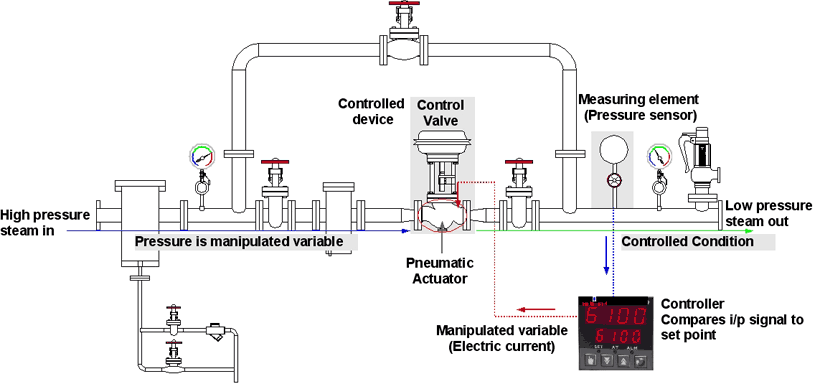
Control Valve Arrangement
The image below shows how a control valve can be used to control the rate of flow in a line. The “controller” receives the pressure signals and compares them with pressure drops for the desired flow and if the actual flow is different, adjusts the control valve to increase or decrease the flow.
Comparable arrangements can be devised to control any of numerous process variables. Temperature, pressure, level, and flow rate are the most common controlled variables.


